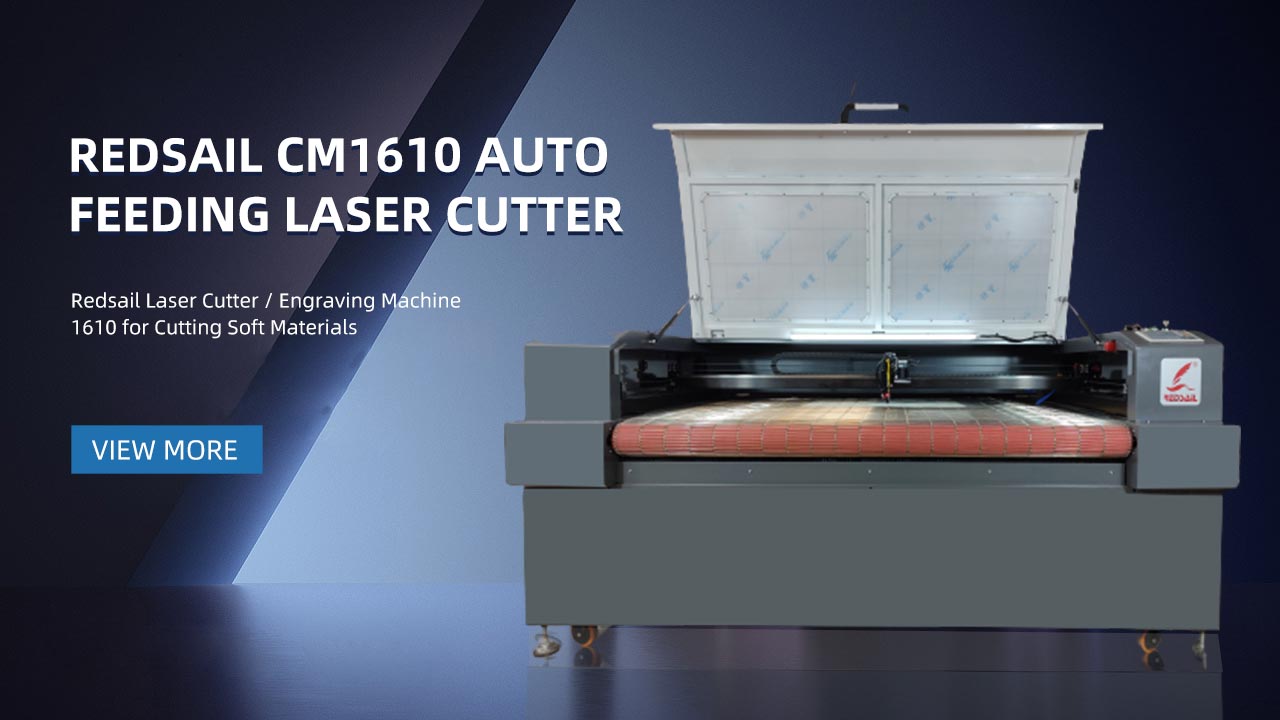How Does a CO2 Laser Cutter Work? Unveiling Its Intricate Mechanism
Introduction
CO2 laser cutters are highly versatile machines widely used in various industries, including manufacturing, signage, architecture, and arts and crafts. These machines are capable of precise and intricate cuts on a range of materials. But how do they work? In this article, we will unveil the intricate mechanism of a CO2 laser cutter.
Understanding CO2 Lasers
CO2 lasers are a type of gas laser that use a mixture of carbon dioxide, nitrogen, and helium as their active medium. These lasers emit a high-intensity beam of infrared light with a wavelength of around 10,600 nanometers.
CO2 Laser Cutter Components
A typical CO2 laser cutter consists of several essential components:
1. Laser Tube
The laser tube is the heart of the machine, where the laser beam is generated. It contains a mixture of gases and two mirrors positioned at each end, forming a resonator that amplifies the light.
2. Optics
CO2 laser cutters employ a set of high-quality mirrors and lenses to guide and focus the laser beam onto the material being cut. These optics ensure the beam remains focused and achieves the desired cutting precision.
3. Power Supply
The power supply provides the necessary electrical energy to excite the CO2 molecules within the laser tube. This excitation produces photons that create the laser beam.
4. Control System
The control system, often operated using a computer, regulates and controls the movement, intensity, and speed of the laser beam. It also coordinates the positioning of the cutting material.
Working Principle
Now that we have a basic understanding of the components, let’s dive into the intricate mechanism of a CO2 laser cutter.
1. Beam Generation
The process begins with the power supply providing a high-voltage current to the laser tube. This current excites the CO2, nitrogen, and helium molecules, resulting in the release of photons.
2. Resonator Amplification
The photons produced bounce between the two mirrors inside the laser tube, traveling back and forth. This internal reflection amplifies the light, creating a highly concentrated beam.
3. Beam Focusing
Once the beam is generated, it is directed towards a series of mirrors and lenses. These components precisely guide and focus the beam into a narrow focal point. The focused beam possesses great intensity and heat.
4. Material Interaction
When the focused laser beam interacts with the cutting material, it causes localized heating. The intense heat melts, vaporizes, or burns the material, leaving a clean and precise cut.
5. Control and Precision
The control system ensures that the laser beam follows the desired cutting pattern with utmost precision. It controls the intensity and speed of the beam, resulting in accurate cuts according to the programmed design.
FAQs
1. What materials can be cut using a CO2 laser cutter?
CO2 laser cutters are effective on a wide range of materials such as wood, acrylic, fabric, leather, paper, plastic, and even some metals. However, the cutting capabilities may vary depending on the material’s thickness and composition.
2. How precise are CO2 laser cuts?
CO2 laser cutters offer exceptional precision with cutting tolerances as low as 0.1 millimeters. The narrow, focused beam allows for intricate detailing and accurate shapes.
3. Is it safe to operate a CO2 laser cutter?
While CO2 laser cutters are generally safe to use, it is crucial to follow safety protocols to prevent accidents. Operators should wear appropriate protective gear and ensure proper ventilation to avoid inhalation of potentially harmful fumes produced during the cutting process.
4. Are CO2 laser cutters environmentally friendly?
CO2 laser cutters produce minimal waste, and the energy efficiency of these machines has improved significantly over the years. However, they consume electricity, and proper disposal of residual material and maintenance of filters are essential for minimizing environmental impact.
5. Can a CO2 laser cutter engrave as well as cut?
Yes, CO2 lasers can be used for both cutting and engraving. By adjusting the intensity and speed of the laser beam, intricate designs and patterns can be engraved onto various materials.
Conclusion
A CO2 laser cutter’s intricate mechanism involves beam generation, resonator amplification, beam focusing, material interaction, and precise control. These machines offer immense versatility and precision, making them indispensable tools in various industries. Understanding the working principles of CO2 laser cutters provides a glimpse into the sophisticated technology behind their remarkable functionality.





